Project Description
Our client, the European Federation of Periodontology (EFP) requested that we design a communication campaign for the prevention of periodontitis and oral health diseases. Definitely not a very sexy topic to investigate as designers!
Our final solution led us to target kids, as it is easier to form habits than change them; but also because kids have a very big power of influence. That being said, our communication plan covered both online and offline platforms, and targeted kids and their caregivers at home, in schools, dental offices and public spaces.
Client
The European Federation of Periodontology
APPLIED CAPABILITIES
Innovation Strategy
PROJECT TIMELINE
4 months
TEAM MEMBERS
Isabel Maldonado, Andrea Martin, Inês Costa, Eduardo Lima,
Suzanne Balima
Audiovisual / other links
Research Highlights
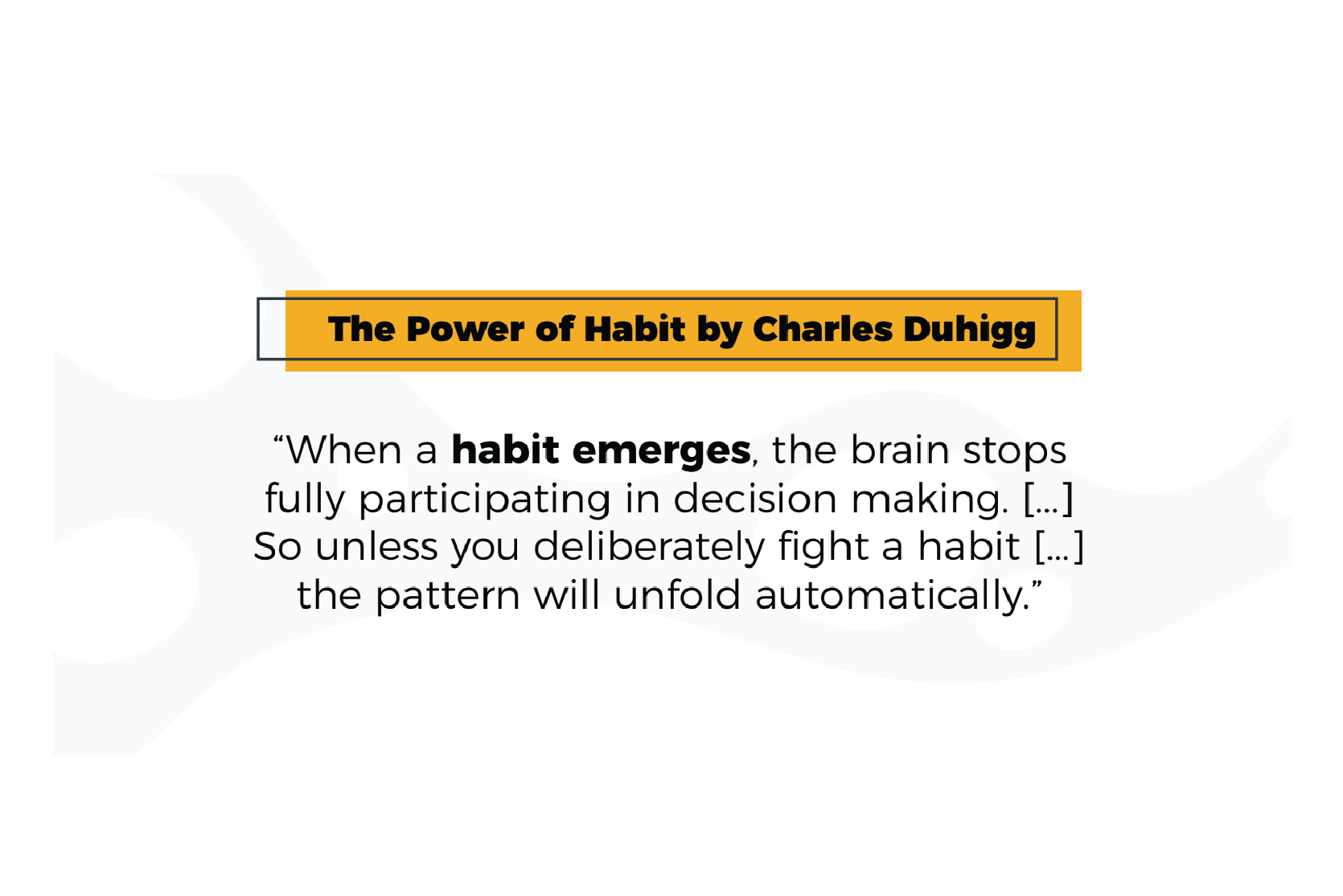
Our research showed that a large majority of people didn’t even know about periodontitis! And the few that did was related to the fact that they had the disease or knew someone affected by it.
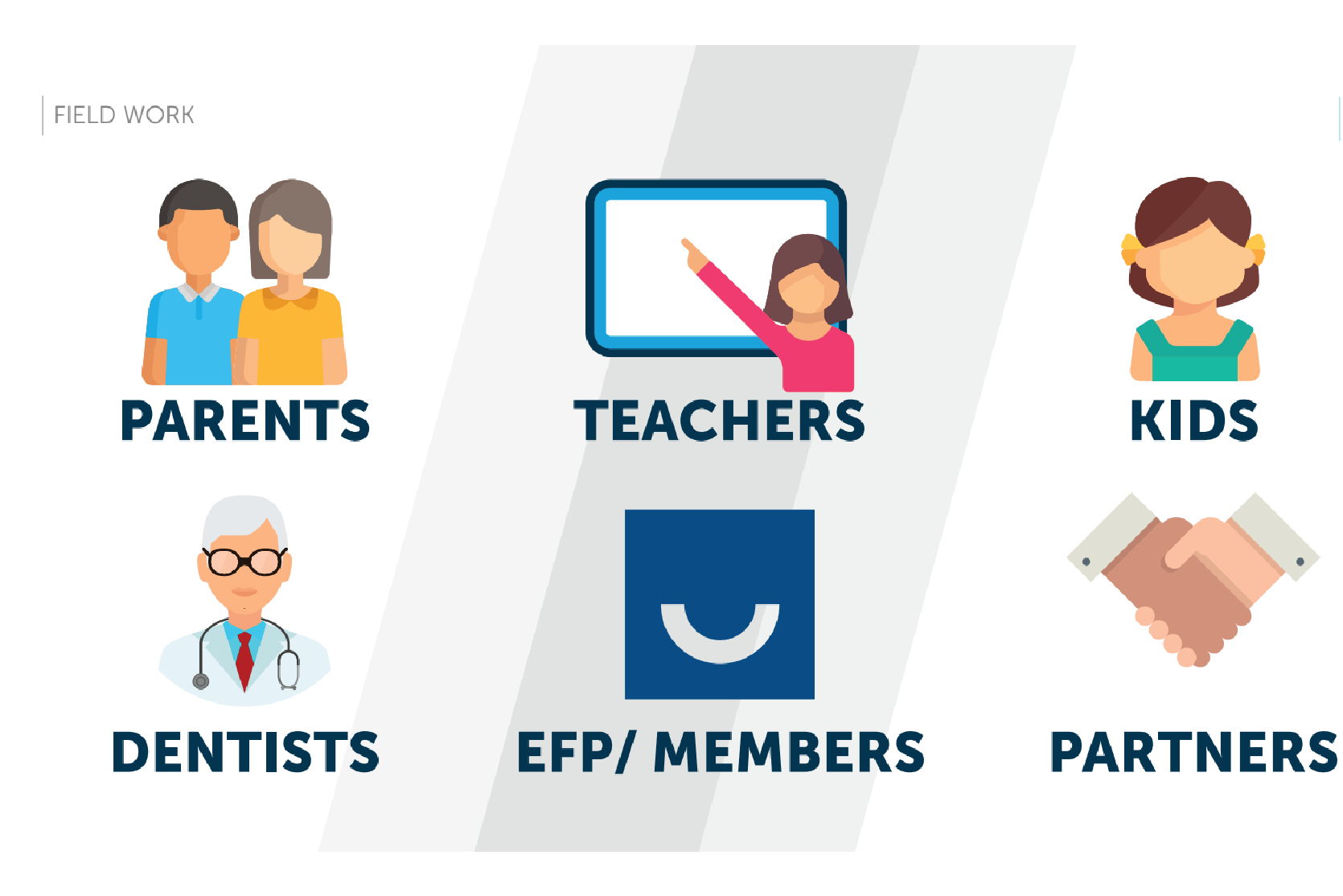
The more we looked at our actors and stakeholders, the more we identified. It was interesting to consider everyday people (including kids, parents and teachers in a kids’ day) as well as the oral health experts (dentists, EFP, and EFP partners).

Key factors that promote periodontitis were:
-
- Age: people over 35 years of age are more prone
- Gender: Men are more prone
- Smoking: Smokers (past and present) were more prone
- Education: People with lower levels of education were more prone

Through our research we dabbled on whether to raise awareness by changing habits or creating new habits. This quote backed by scientific research supported our design decision.
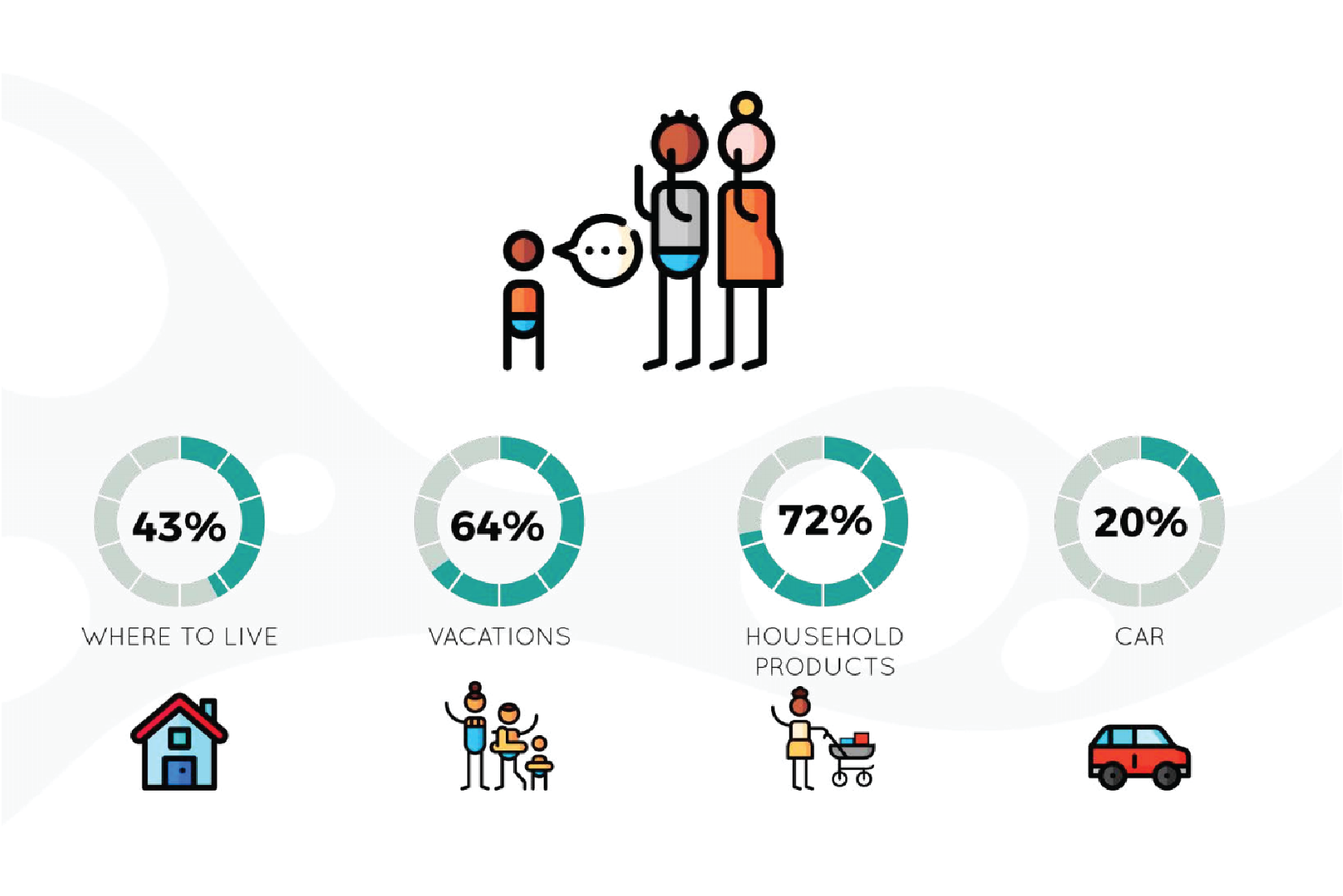
By digging deeper into the different actors and stakeholders, we also found that kids have a very high power to influence decisions in a household.
Our design process
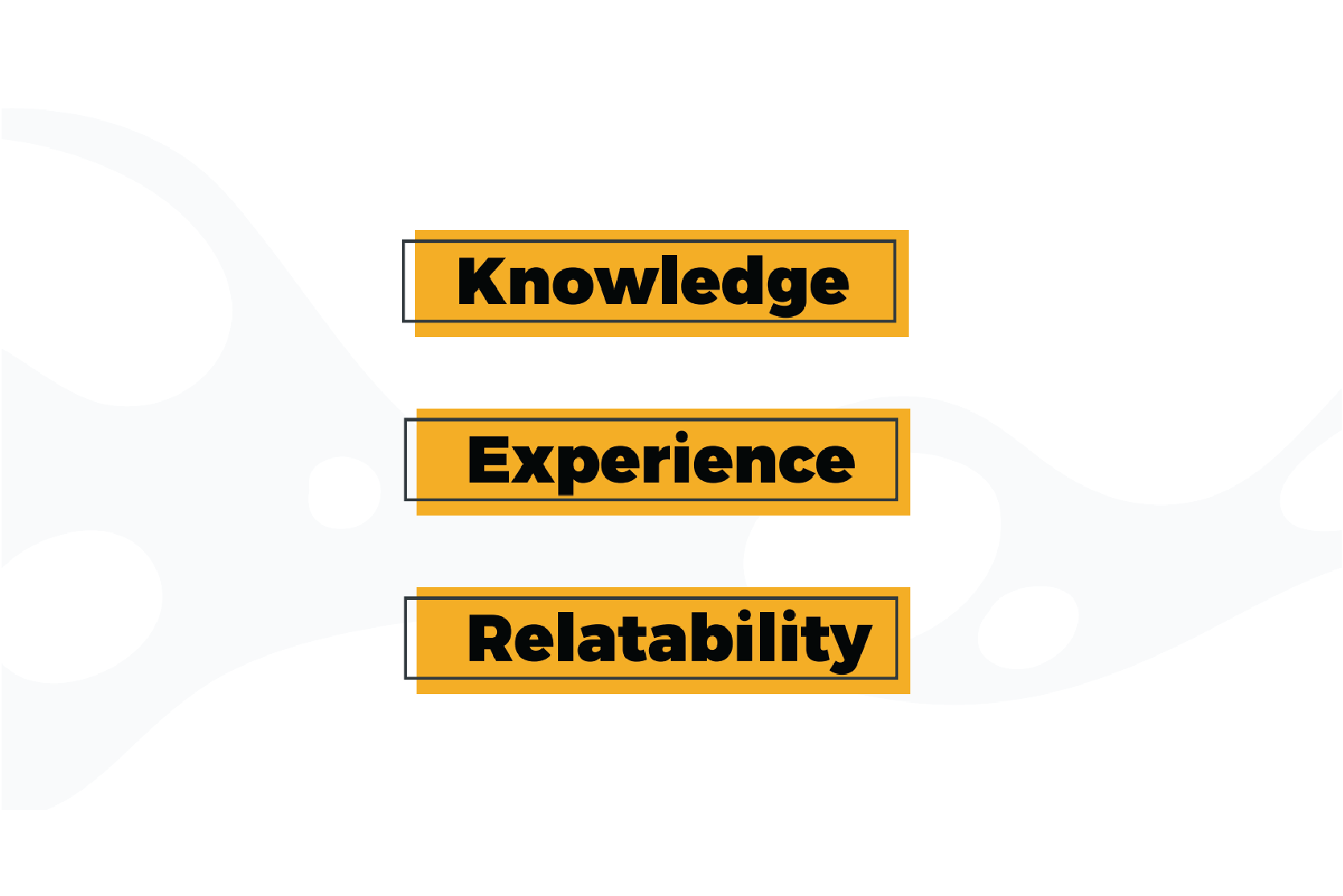
As with many other things, we also found that people couldn’t relate to periodontitis. This was due to their lack of knowledge/exposure to the disease (education) or simply because they haven’t gone through the experience of having periodontitis (experience).

We sought to understand:
– What is periodontitis?
– What is currently being done to raise awareness?
– What does the EFP (our client) do? How are they perceived?
– How is the EFP leveraging their partners?
– Who are the actors in the process?

Now that we mapped out our information needs, we decided on the best tools to use in order to run our design research. We used a mix of interviews, journals, observation and mystery shopping.
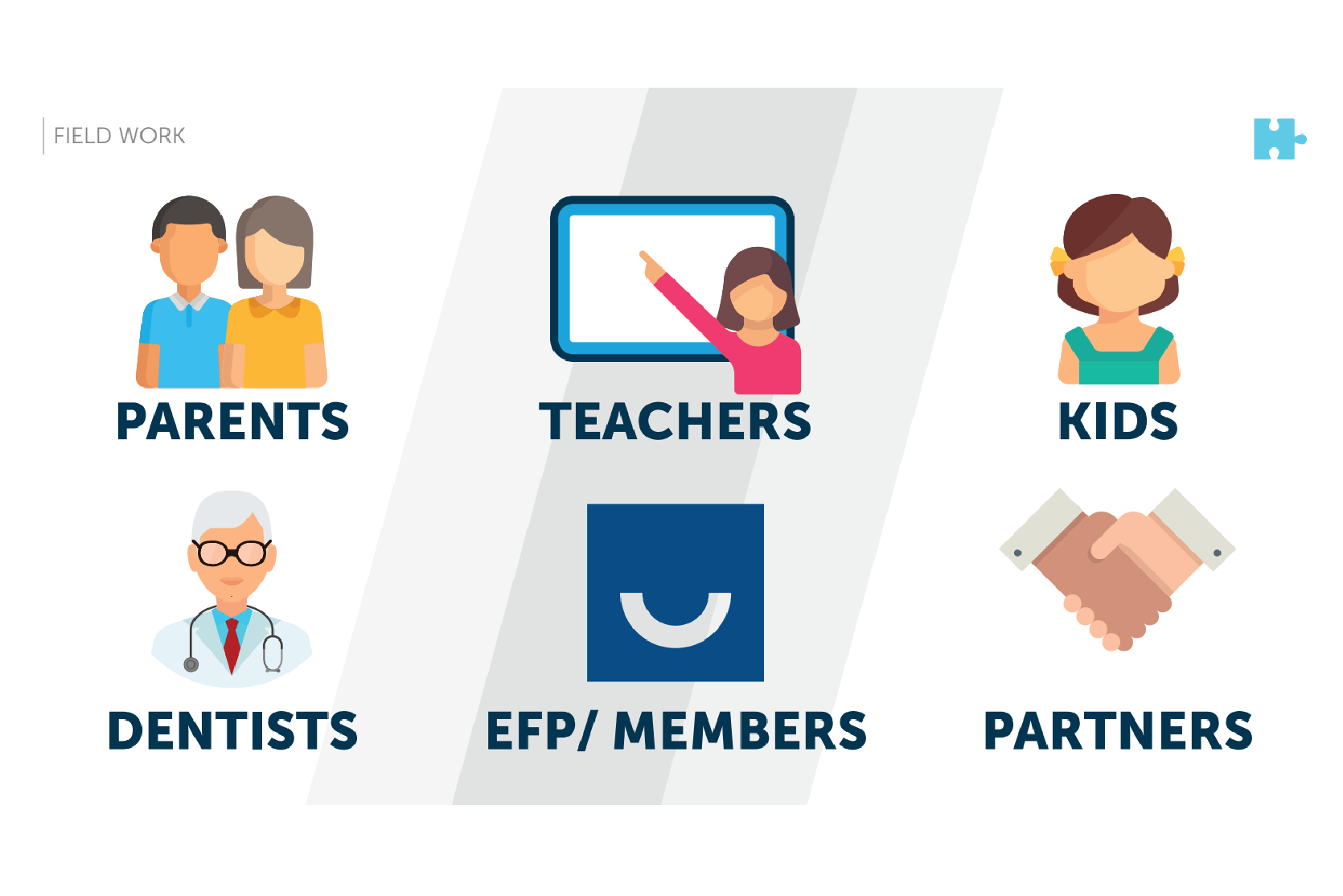
We created a stakeholder map and an ecosystem map to understand the relationships between the different players for the campaign. The research tools were adapted to the different stakeholders to extract the appropriate information needs.

With all the information gathered, we started to identify patterns. Each piece of information was written on a post-it, and the research from different stakeholders, different research methods and different researchers were clustered based on their similarities – namely, patterns.
Our 3 buckets in the patterns were related to:
1) Prevention
2) Action
3) Influence

From all the information gathered, insights started to emerge. Some of them could be summarized through some of the quotes stakeholders shared during interviews.

To consolidate all our research into a personable way, we created 5 personas. Without going into too much detail:
1) Julia is the young child; personality type: spoiled brad
2) Mia is a teenager; strong personality and down to earth who cares about her health but also her beauty
3) Justin is a young adult; personality type: influencer, cares about his looks
4) Cora is a young parent; she is all about health and fitness
5) Lucas is a young adult; careless type of guy who doesn’t really take care of himself

Following persona creation, we started ideating to find solutions that could satisfy our persona. A design design we took in the process was to focus on kids as personas, due to their influencing power. Furthermore, looking back at our clusters kids satisfy both the fact that they can still be influenced, and by targeting them at a young age we could help prevent the disease.

We looked at a kids’ typical day (target: kids age 4 to 9) and broke down their day into
– Time at home / time away from home
– Time in school / leisure time / sleeping
– Time when they are active / inactive
From there we identified our areas of opportunity, and broke that further into the different activities and tools they played with during those different times, to identify the media we could work with.
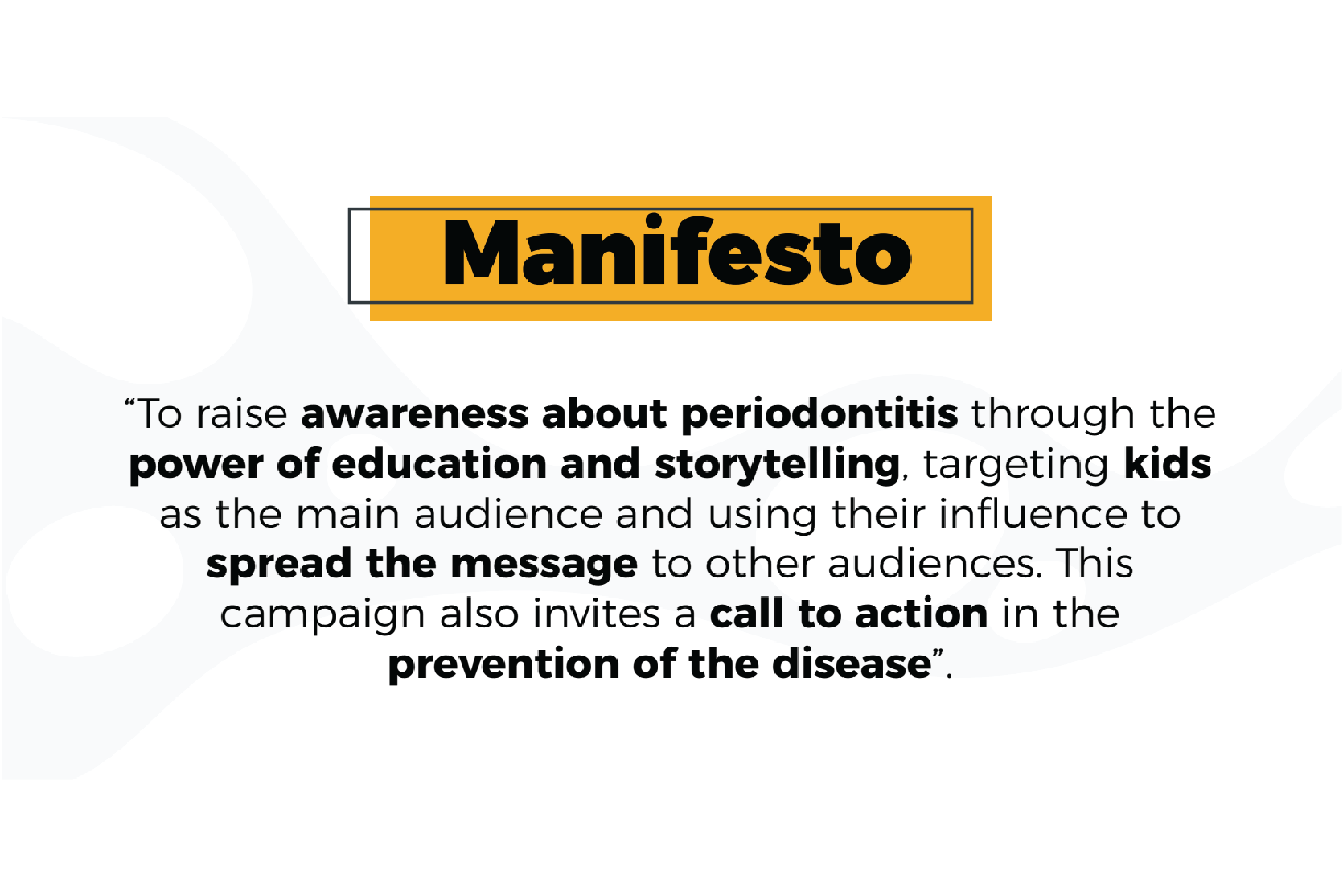
The key issue we wanted to tackle through the campaign was how to make people relate to periodontitis. People don’t relate because they don’t know about it (education) or cannot relate (experience).
Thus, our solution was to create an experience through education.
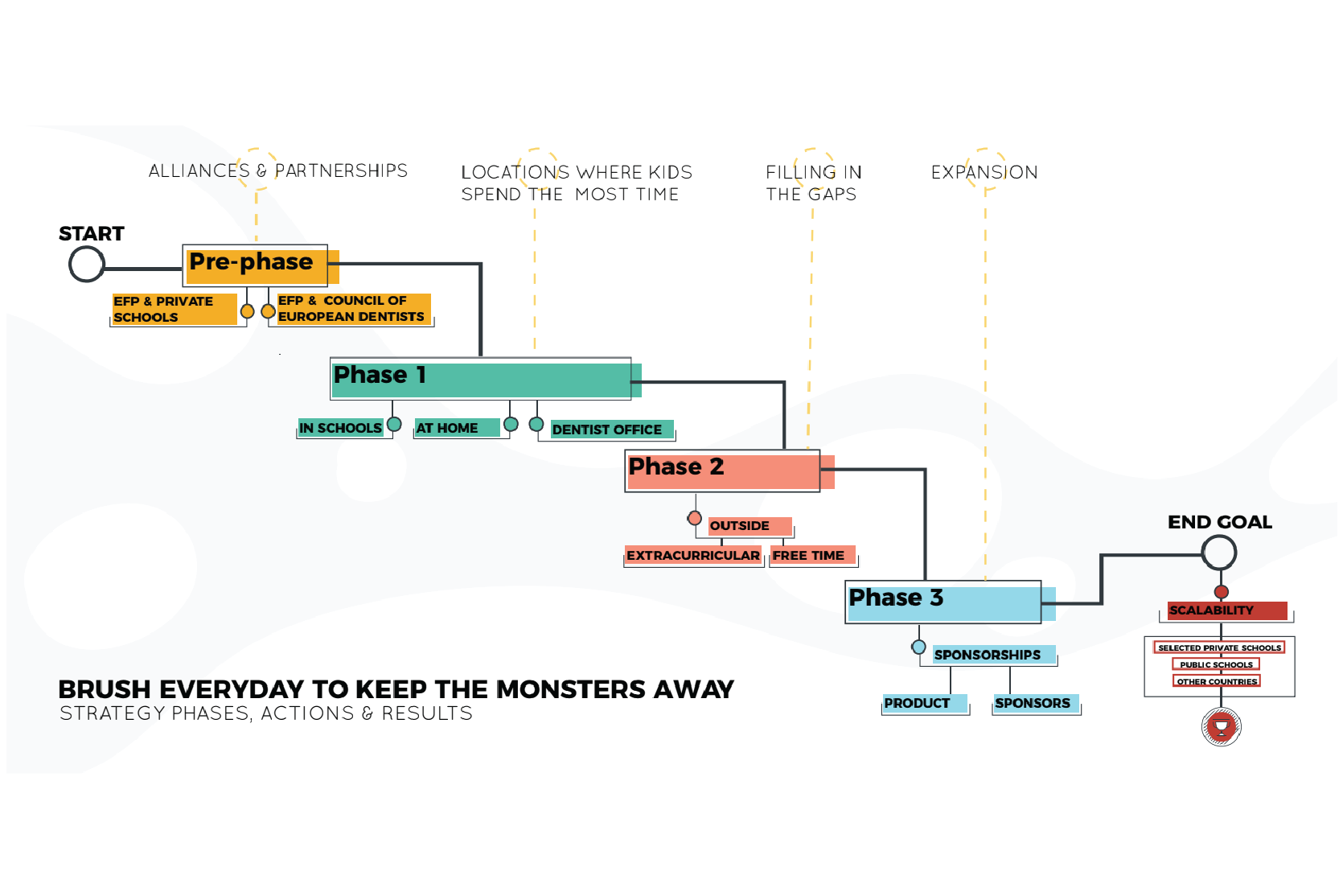
* See deliverables for the different campaign artifacts we have developed *
We created different artifacts that could be used as part of the campaign; some of these artifacts include a toy, a campaign jingle, a book, an assistant for brushing teeth.
Along with the artists, we designed a communication strategy for these artifacts to support the success of the campaign.

We called our campaign “Bush everyday to keep the monsters away!”
The objective of the campaign is to:
– Raise awareness on periodontitis & oral health
– Make the campaign memorable for kids
– Forge positive oral hygiene habits
– Influence and educate audiences surrounding kids
Deliverables
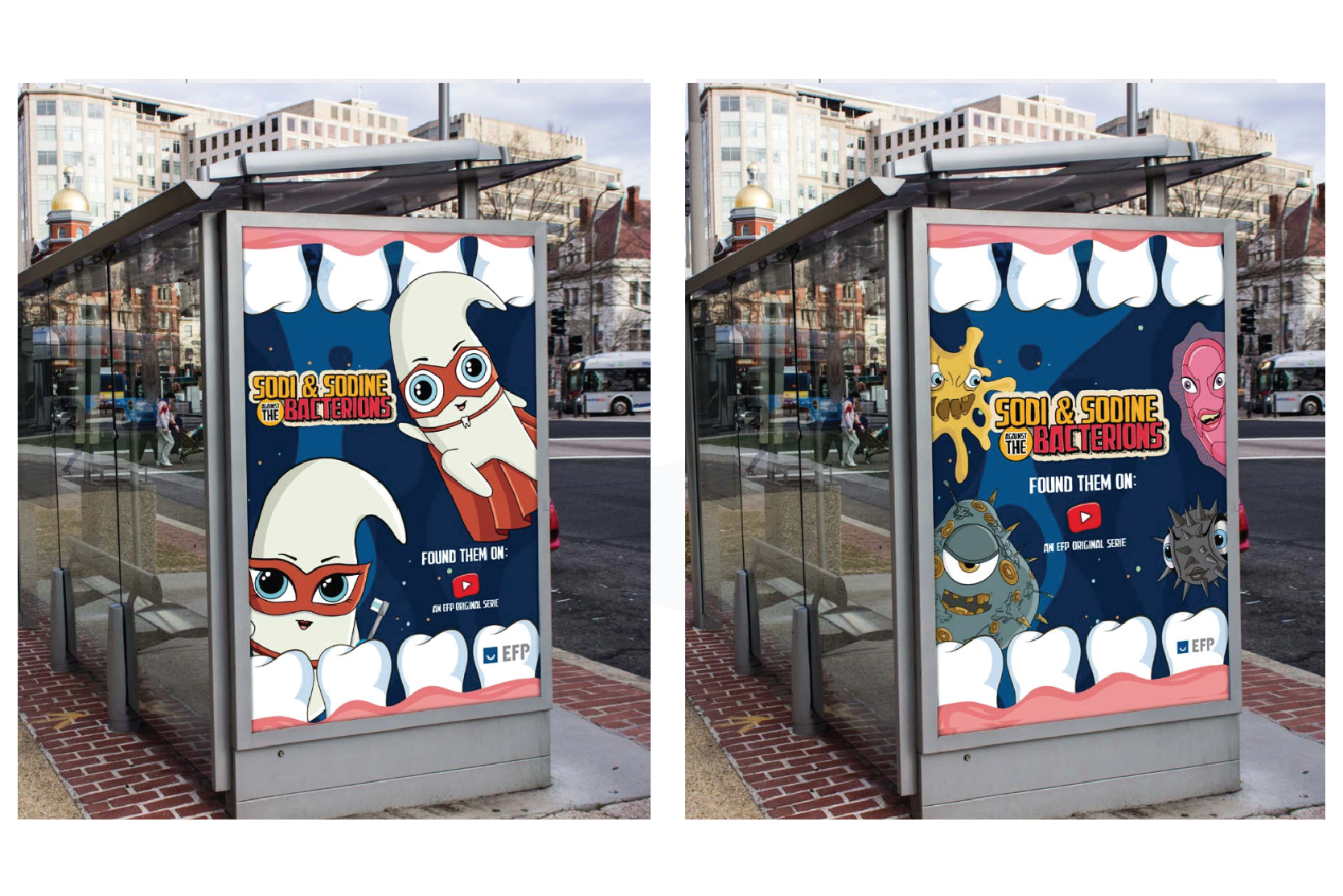
We developed mockups and sample prototypes of the posters that could be printed for the campaign.

We developed and prototypes a whole book, the episode being the first of a series in which the heroes, Sodi and Sodine fight against an oral health condition, represented as a villain. The script for a 2nd episode was also delivered to the client.

Taking the offline book series to the digital world, we created a mockup of a PDF version of the book, aka e-book.

Taking it one step further, we created a mockup of the video series (on YouTube and YouTube kids). This would be the animated storyline of the book. The teaser of the show can be found here.
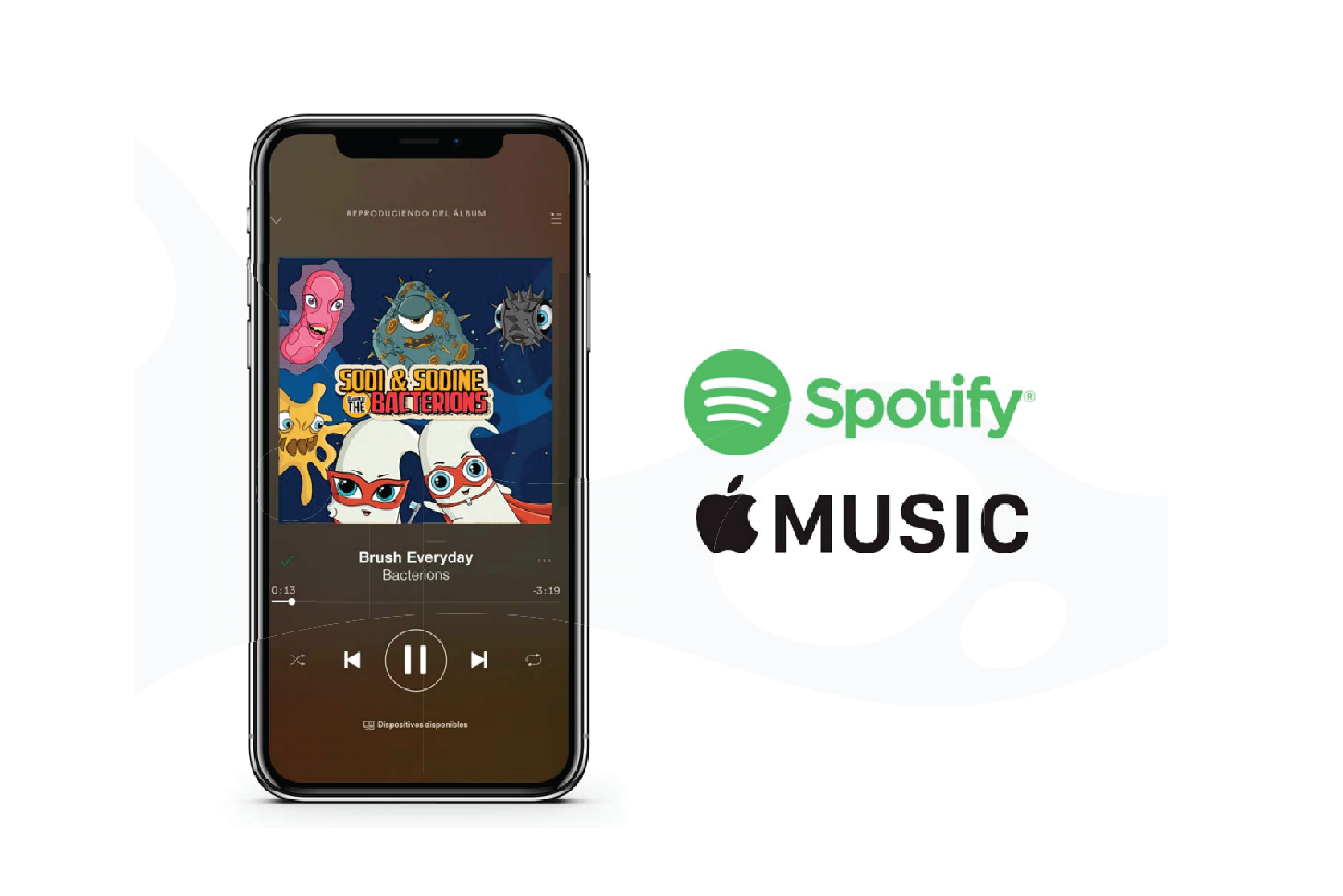
We created a sample version of what the jingle could be like; the tune would be adapted from the theme song (video series) with lyrics and tempo as an aid for kids to brush their teeth properly. Sample in here.
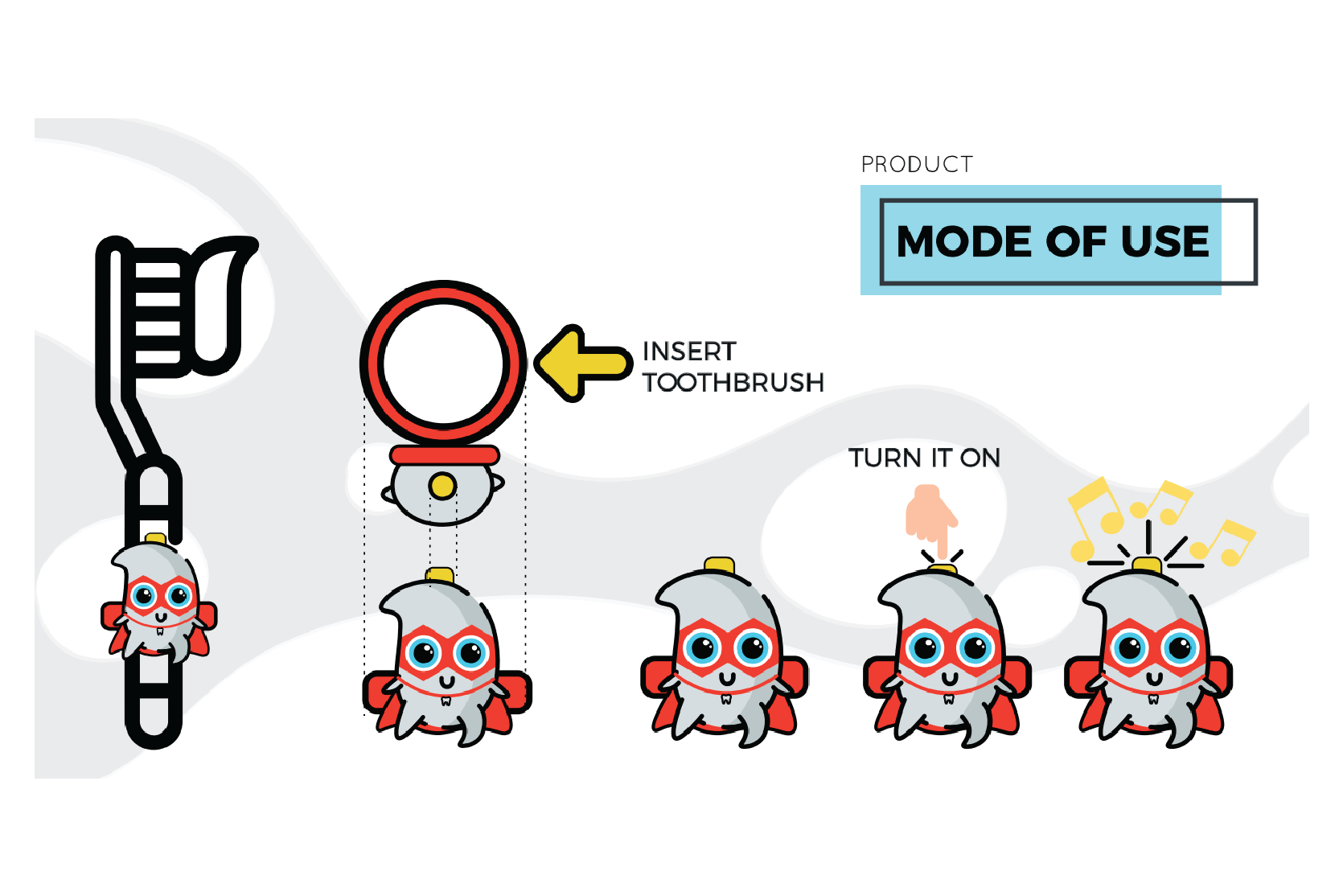
Part of the strategy is to leverage EFP’s partner. In doing so, the EFP could allow partners to design and sell products that align with the campaign goals. In this example, this toothbrush accessory embeds the campaign jingle, which assists kids and helps them brush their teeth with the correct technique.

Insights also showed that kids use their parents phones and tablets a lot. As such, we decided to design a game for the campaign, in which the characters would be defeating the evil – oral health condition. The objective is to have kids learn about oral health diseases through gamification. GIF mockups were created.
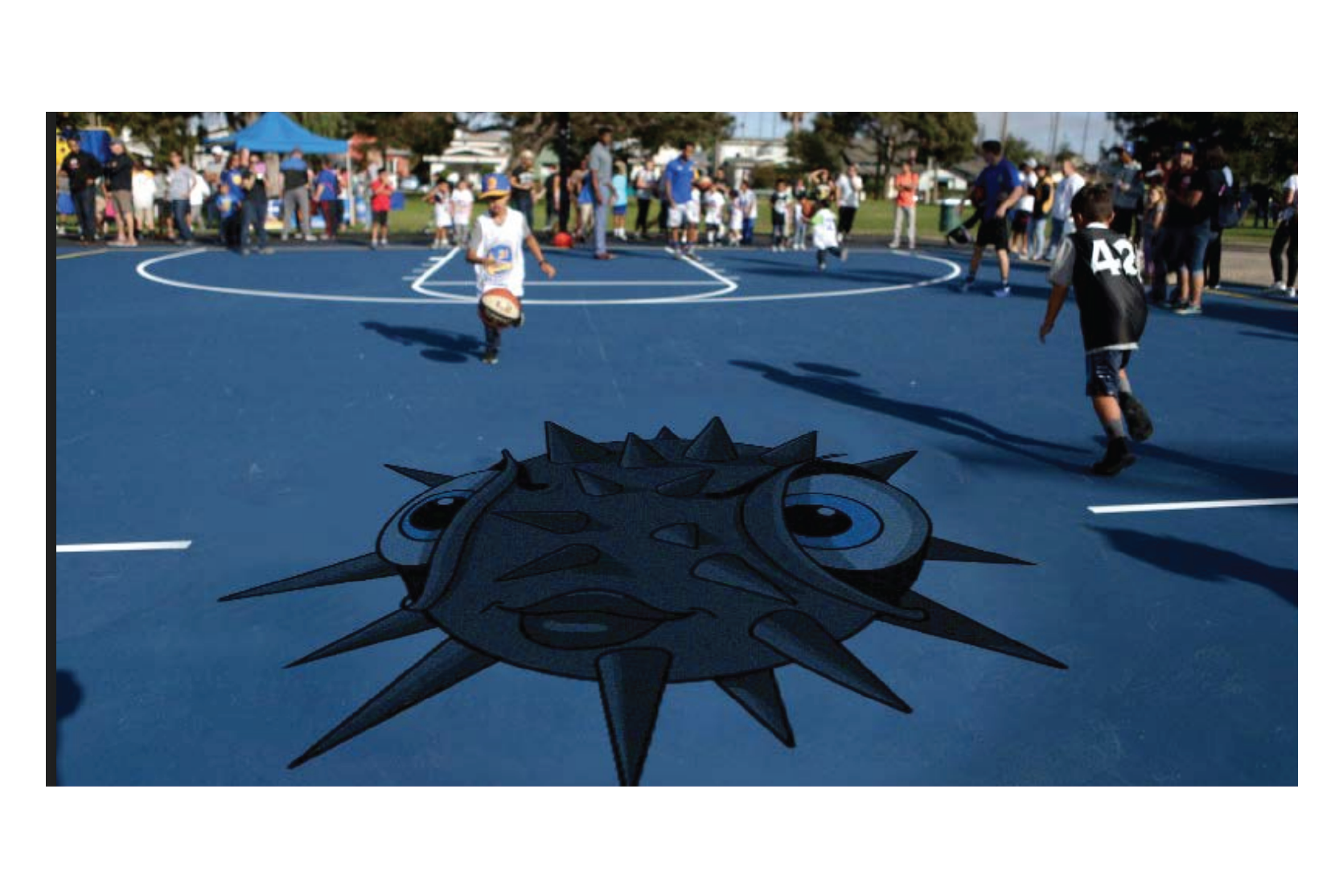
We also created BTL (below the line) advertising mockups as they are also part of the campaign, targeting kids when they are outdoors on playgrounds or courts.
Key learnings
This project was the 1st end to end project in which I learned to apply user entered design. Through the process I learnt how to select the right tools for design research, I performed design research, planned and delivered an ideation workshop and presented our solution to the client.
Understanding how insights emerge, and being able to streamline them to something meaningful is another skill I developed in applying design thinking.
One of my “aha” moments in the process was learning how to create a persona with the research and insights from all our research.
I further developed my skills around storytelling for presentation. We delivered multiple presentations which included: presenting our design research, presenting our concepts, delivering the final pitch to the client, and delivering the final pitch to the client’s executive team and partners (Colgate, GSK, Dentaid, P&G).
Learned how to develop different aspects of a communication strategy, such as:
– Elements of the brand, including but not limited to the brand manifesto
– Developing a communication plan based on our target personas / audience
– Leveraging real estate, partners, and different media as part of the communication plan
– Identifying ways to measure the effectiveness of a campaign
With my background in engineering and experiences as an engineer, project manager, and technology business analyst, learning to work with designers was a very interesting learning curve. I slowly learned to trust the process, without having to work with a managed plan.
Explore more projects on my portfolio!